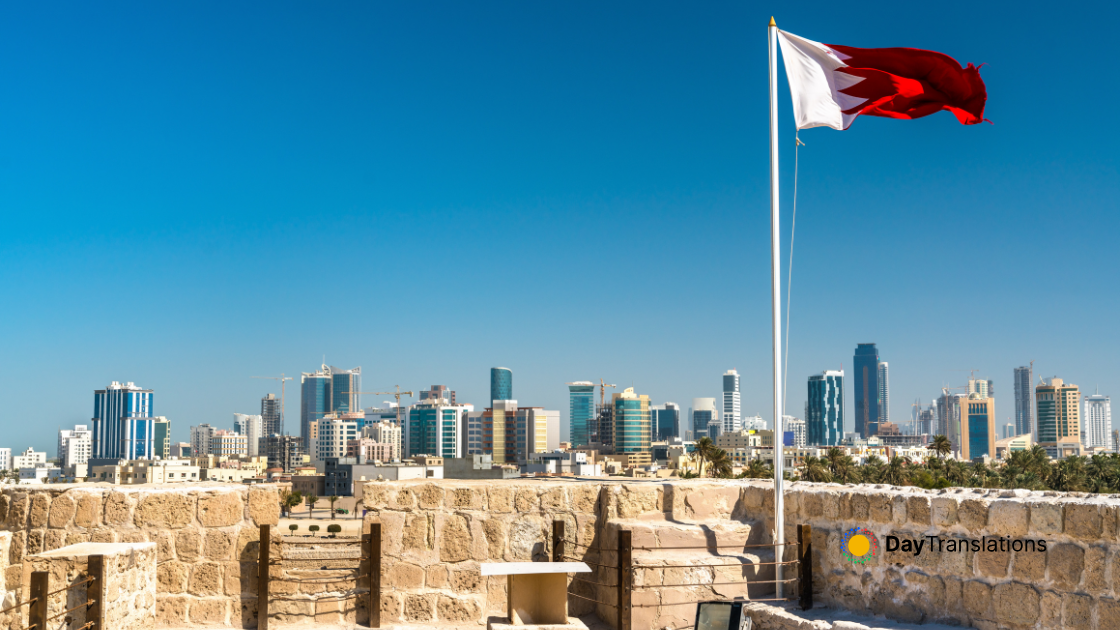Geography of Turkey: Important Geographical Information about Turkey
In this Country Profile
One of the most interesting facts about Turkey is that the country lies on two separate continents: Europe and Asia. Turkey forms a natural bridge between the old continents of Asia, Africa and Europe. Its geography is very diverse and everything from snow topped mountains to sandy beaches can be found in Turkey. The highest peak of Turkey is the Mount Ararat in the east, on which Noah’s Ark is believed to be, and it is not far from the lake Van, the biggest lake of the country.
Geography of Eastern Turkey: Eastern Turkey is where the Pontus and Taurus Mountains converge. The climate in the east of Turkey is generally cooler than other parts of the country, because the geography is mainly mountainous. Many of the peaks are extinct volcanoes.
Geography of Black Sea Areas of Turkey: covers the area on the 1,700 km Black Sea coast which is a steep and rocky. The geography towards the Eastern part of Turkey consists of mountain ranges with elevations of 1,525 to 1,800 meters in the west and 3,000 to 4,000 meters in the east. They form an almost unbroken wall separating the coast from the interior.
Geography of Central Anatolia: is a vast plateau situated among the high mountain ranges. The land is mainly a rolling steppe with dry, hot summers and cold, damp winters. The capital city of Turkey is situated in central Anatolia. The geography of this part of Turkey is formed of high land plateaus although there are some mountain ranges and even volcanoes.
Geography of western Turkey: The Western part of Turkey is known as Marmara and contains Turkey’s largest city Istanbul, as well as a coastline on the Aegean Sea. The European side comprises of rolling plains and low hills, while the Asian side includes low hills and higher mountains.

Sorry, the comment form is closed at this time.